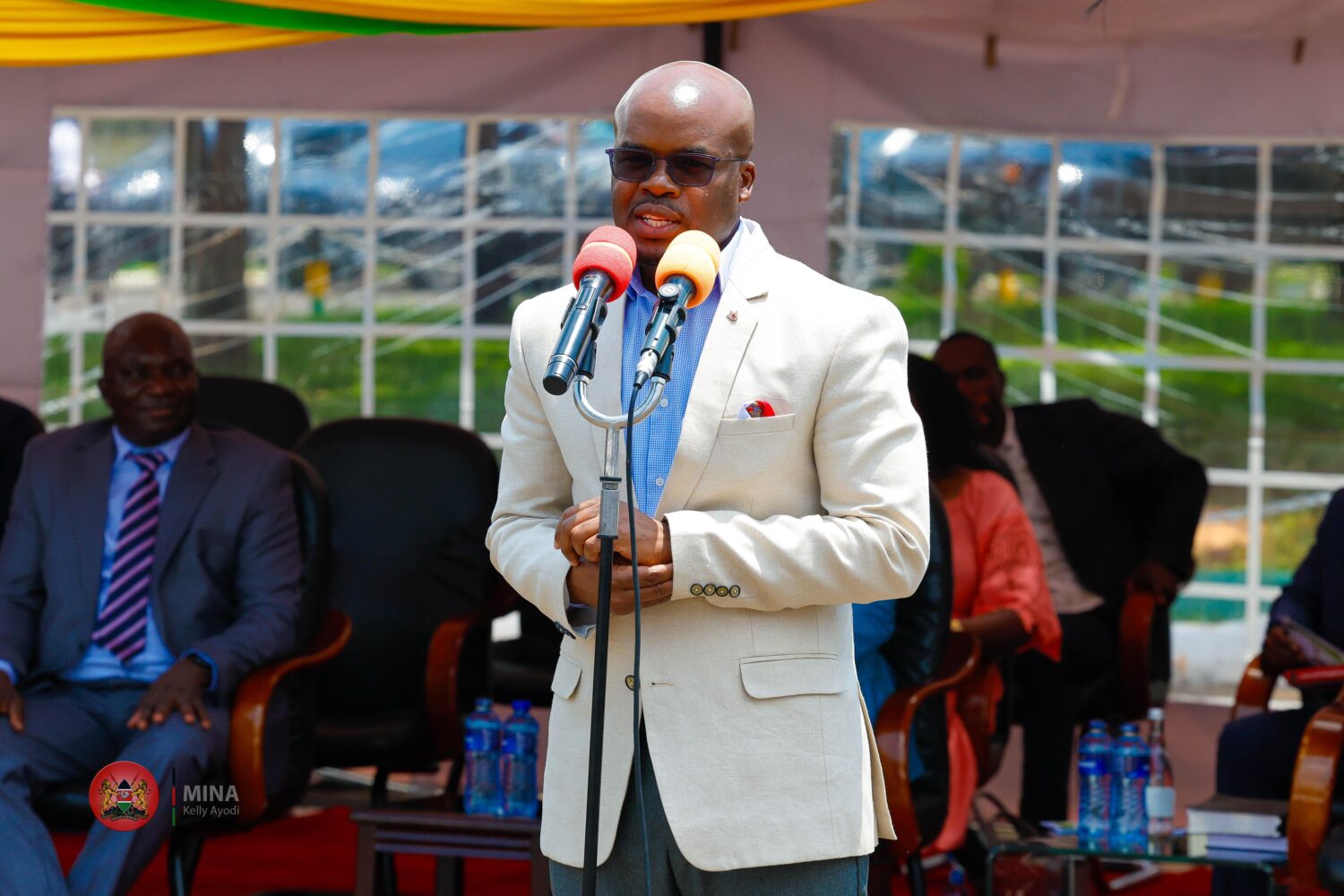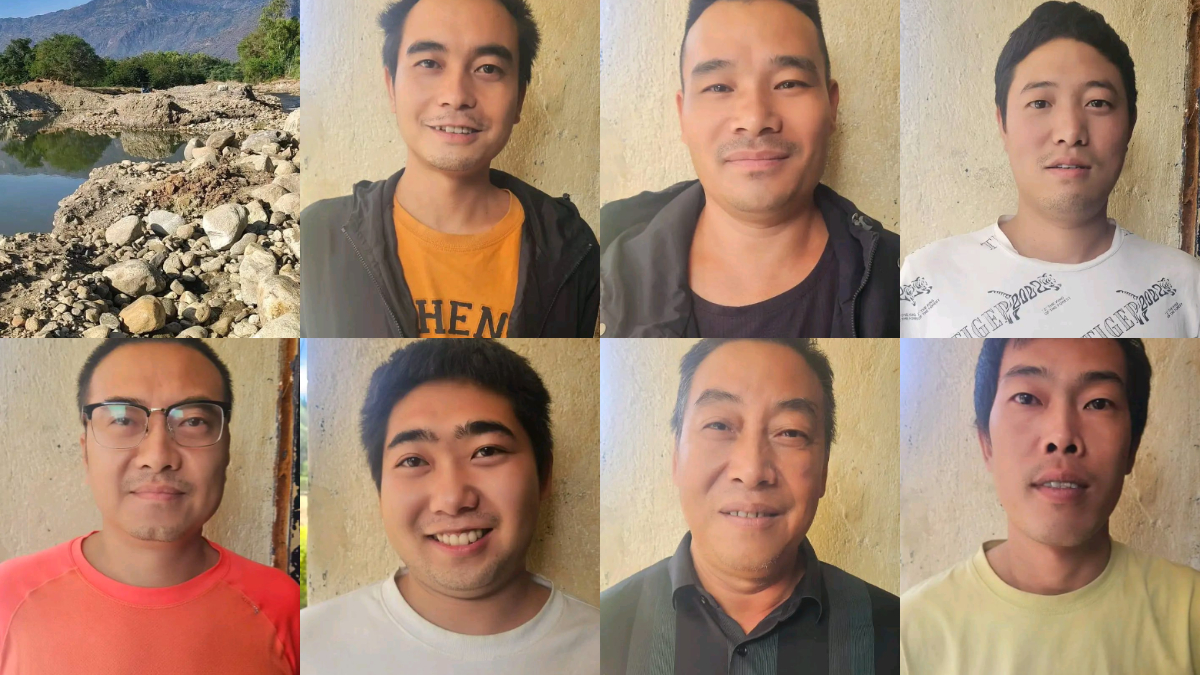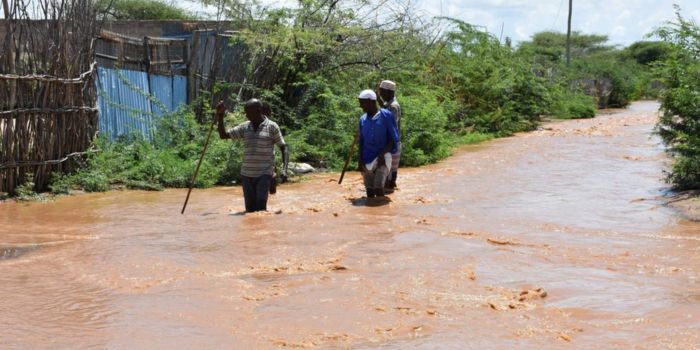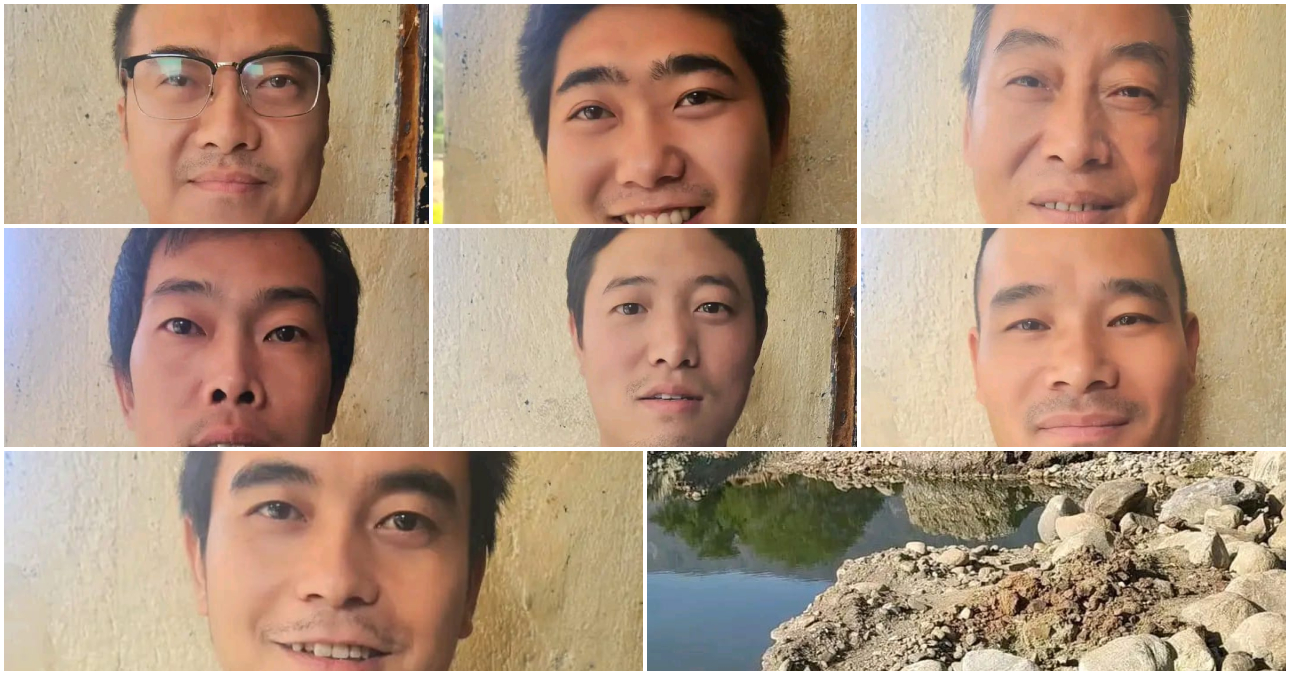Authorities have pinpointed cross-generational and transactional sex as major culprits.
Unfortunately, it’s the leading cause behind the rise of HIV/AIDS cases among university students in Uganda.

Similarly, Uganda Aids Commission (UAC) shifted its battle against HIV/AIDS to students in higher education.
They have recognized that this age group is the most vulnerable to new infections.
Further, The UAC chairperson, Eddie Mukooyo, said achieving the 2030 target of ending HIV depends on active youth involvement in this fight.
More than 1.4 million Ugandans are currently grappling with HIV, as per UAC statistics from December last year.
Out of this number, 858,000 are women, 495,000 are men, and sadly 80,000 are children.
In 2022 alone, Uganda lost over 17,000 lives to this disease, with 52,000 new infections reported during the same year.

Mukooyo emphasized that out of the 1.4 million Ugandans living with HIV, only 1.2 million have access to essential health services and antiretroviral drugs.
The 2030 target is to ensure that all HIV-positive individuals are getting proper treatment, accompanied by zero new infections and zero stigmatization cases.
Mukooyo highlighted the necessity of equipping the youth with accurate information, data, and statistics concerning HIV/AIDS.
He stressed that proper data is crucial to avoid the spread of HIV among young people.
Dr. Charles Mukisa, the director of health services at Kyambogo University, echoed the concerns about sex for cash
According to him, this is leading to a surge in HIV/AIDS among university students.
Young female students fall victim to the disease due to the influence of wealthy individuals seeking relations with them.
In response, universities like Kyambogo are implementing comprehensive HIV prevention strategies.
Educating and counseling students on prevention measures.
Despite limited funds, they remain hopeful that these efforts will make a significant impact towards the 2030 target.










